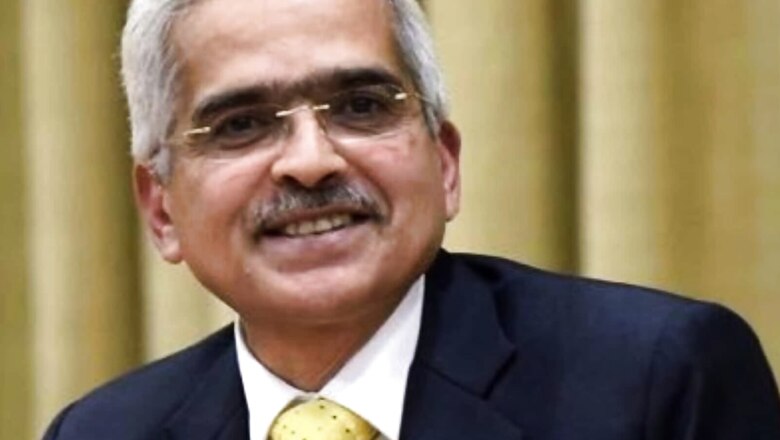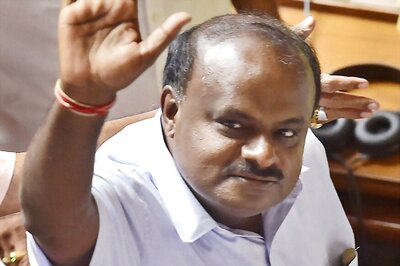
views
RBI Governor Shaktikanta Das on Friday said the Indian economy continues to be resilient despite this unsettling global environment and there is macroeconomic stability. He added that the country’s financial system remains intact, with improved performance parameters, and the country has withstood the shocks from COVID-19 and the conflict in Ukraine.
“Daunting challenges confront us at this juncture. The underlying fundamentals of our economy and the buffers built over the years have stood us in good stead. We have taken a series of measures since April 2022 in the backdrop of geopolitical tensions, sanctions and supply chain disruptions. We will remain resolute and persevere in our efforts to ensure price stability as well as financial stability, while supporting growth,” Das said, while presenting the latest bi-monthly monetary policy statement.
He also said high-frequency data for Q2 indicate that economic activity remains resilient. Private consumption has been holding up. There is a sustained revival in urban demand which should get a further impetus from unfettered celebration of upcoming festivals after two and half years of living with COVID-19. Rural demand is also gaining gradually. Investment demand is picking up and is evident from the robust growth of domestic production and import of capital goods in July and August.
The RBI governor, however, added that the headwinds from extended geopolitical tensions, tightening global financial conditions and possible decline in the external component of aggregate demand can pose downside risks to growth.
Taking all these factors into consideration, Das said the real GDP growth for 2022-23 is projected at 7 per cent with that for the second quarter at 6.3 per cent; third quarter at 4.6 per cent; and fourth quarter at 4.6 per cent, with risks broadly balanced. The growth for the first quarter of the next financial year 2023-24 is projected at 7.2 per cent.
“Global geopolitical developments are weighing heavily on the domestic inflation trajectory. Inflation inched up to 7 per cent in August from 6.7 per cent in July,” Das said.
He flagged upside risks to food prices and said cereal price pressure is spreading from wheat to rice due to the likely lower kharif paddy production. The lower sowing for kharif pulses could also cause some pressures.
The delayed withdrawal of monsoon and intense rain spells in various regions have already started to impact vegetable prices, especially tomatoes. These risks to food inflation could have an adverse impact on inflation expectations, Das said.
The RBI governor said, “The extraordinary global circumstances that caused the heightened inflationary pressures have impacted both AEs (advanced economies) and EMEs (emerging market economies). India is, however, better placed than many of these economies.”
He also said that if high inflation is allowed to linger, it invariably triggers second-order effects and unsettles expectations. Therefore, monetary policy has to carry forward its calibrated action on policy rates and liquidity conditions consistent with the evolving inflation growth dynamics. It must remain alert and nimble.
Read all the Latest Business News and Breaking News here


















Comments
0 comment